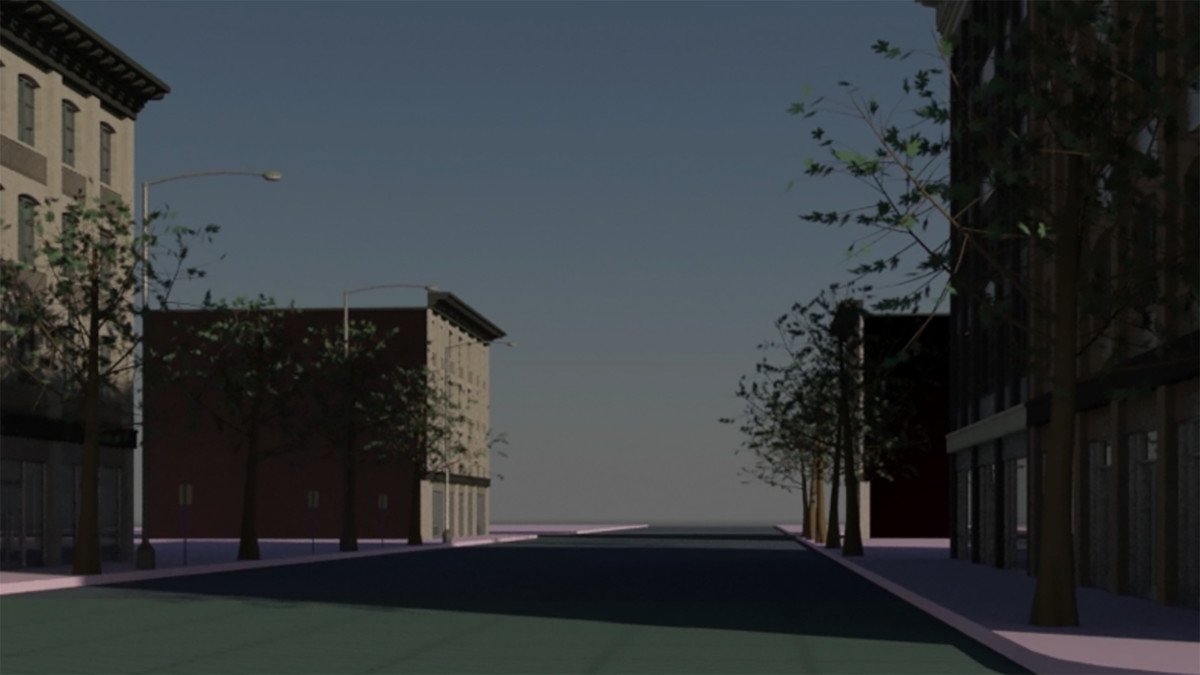Creating Cityscapes in 3ds Max
Created By
Adam Crespi via LinkedIn Learning
- 0
- 3-4 hours worth of material
- LinkedIn Learning
- English

Course Overview
Learn to design and model a city from almost any era, with Illustrator (or any other vector drawing program) and 3ds Max.
Learn to design and model a city from almost any era, in Autodesk 3ds Max. After assessing the conditions, architecture, and boundaries of the city, Adam Crespi diagrams its evolution, ensuring the digital cityscape exhibits a growth pattern and layout like any of its real-world counterparts. Then he designs the basic structure and components of the city in Adobe Illustrator, generating reusable symbols to represent trees, lights, and buildings. With the plan in hand, Adam dives into 3ds Max, creating Proxy objects as he lays out the city to scale. Each element is then set up as a reference object and duplicated throughout the scene, using containers, Alembic caches, and mental ray Proxy objects. The final chapter shows you how to add skies and other matte-painting backgrounds to your views, and includes a real-world example of cityscape modeling with a moving camera: a project simulating the movement of a crane on a studio backlot.
Learn to design and model a city from almost any era, in Autodesk 3ds Max. After assessing the conditions, architecture, and boundaries of the city, Adam Crespi diagrams its evolution, ensuring the digital cityscape exhibits a growth pattern and layout like any of its real-world counterparts. Then he designs the basic structure and components of the city in Adobe Illustrator, generating reusable symbols to represent trees, lights, and buildings. With the plan in hand, Adam dives into 3ds Max, creating Proxy objects as he lays out the city to scale. Each element is then set up as a reference object and duplicated throughout the scene, using containers, Alembic caches, and mental ray Proxy objects. The final chapter shows you how to add skies and other matte-painting backgrounds to your views, and includes a real-world example of cityscape modeling with a moving camera: a project simulating the movement of a crane on a studio backlot.
Course Circullum
Introduction
- Welcome
- What you should know before watching this course
- Using the exercise files
- Studying existing city conditions
- Establishing visually permeable boundaries
- Evolving the city history and influences
- Evolution, revolution, and revolt: Overlaying construction
- Designing transportation modes
- Creating street-design elements in Adobe Illustrator
- Drawing building volumes for layout
- Creating tree symbols
- Adding lighting to streetlight symbols
- Laying out the city grid and buildings
- Creating a reference structure
- Modeling street modules
- Blocking out building volumes
- Mocking up tree volumes
- Modeling street furniture and fixtures
- Creating referenced objects
- Updating and changing references
- Containerizing assets for referencing
- Using the proxies and the Container Explorer
- Creating mental ray Proxy objects for trees
- Placing and duplicating trees
- Establishing matte-painting confines
- Setting up the layer markers for compositing
- Exporting layer markers for compositing
- Implementation case study: Digital backlot crane shot
- Next steps
Item Reviews - 3
Submit Reviews
This Course Include:
Introduction
- Welcome
- What you should know before watching this course
- Using the exercise files
- Studying existing city conditions
- Establishing visually permeable boundaries
- Evolving the city history and influences
- Evolution, revolution, and revolt: Overlaying construction
- Designing transportation modes
- Creating street-design elements in Adobe Illustrator
- Drawing building volumes for layout
- Creating tree symbols
- Adding lighting to streetlight symbols
- Laying out the city grid and buildings
- Creating a reference structure
- Modeling street modules
- Blocking out building volumes
- Mocking up tree volumes
- Modeling street furniture and fixtures
- Creating referenced objects
- Updating and changing references
- Containerizing assets for referencing
- Using the proxies and the Container Explorer
- Creating mental ray Proxy objects for trees
- Placing and duplicating trees
- Establishing matte-painting confines
- Setting up the layer markers for compositing
- Exporting layer markers for compositing
- Implementation case study: Digital backlot crane shot
- Next steps
- Provider:LinkedIn Learning
- Certificate:Certificate Available
- Language:English
- Duration:3-4 hours worth of material
- Language CC: